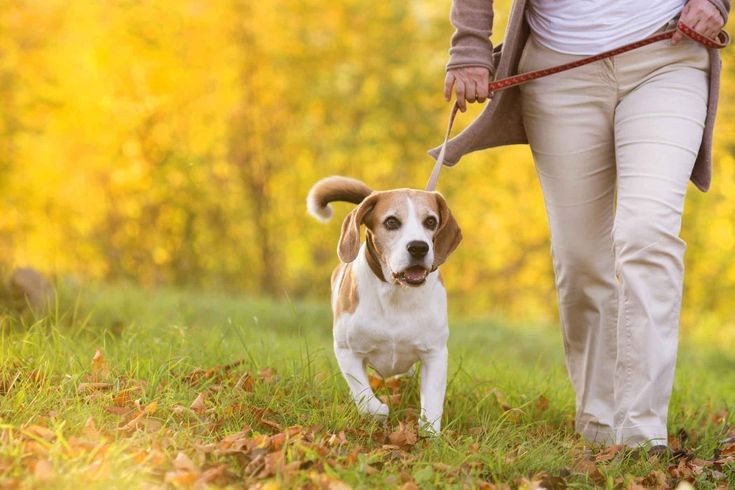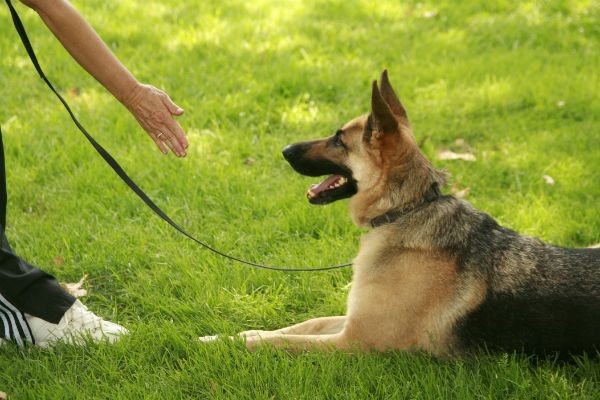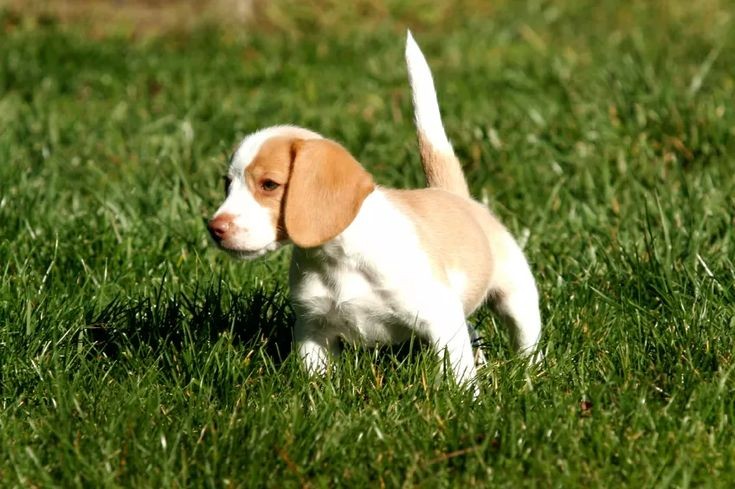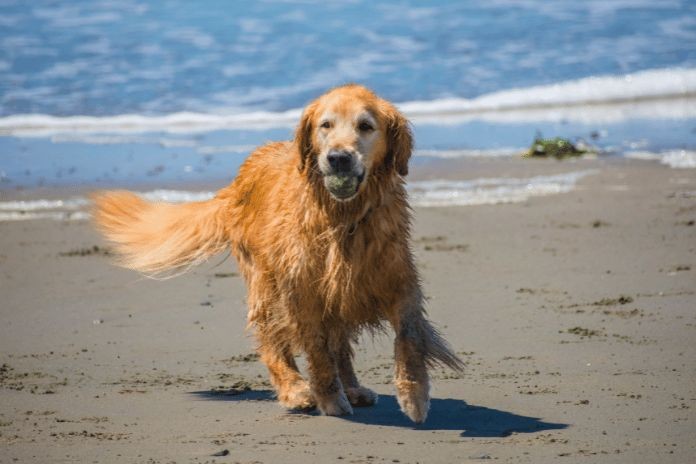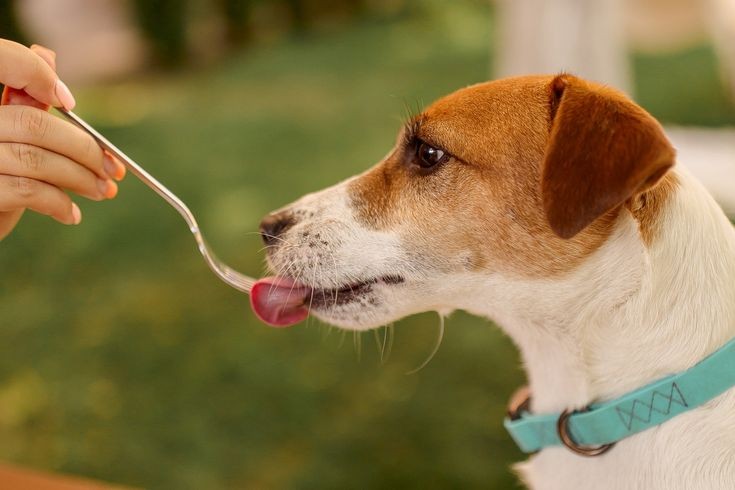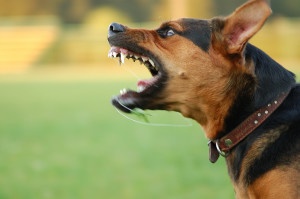
To train your dog to come back reliably, start by establishing a safe training environment with minimal distractions. Choose a unique recall word, such as ‘here’ or ‘zoom,’ and use it consistently across various situations.
Reward your dog immediately after they respond to the recall cue, using high-value rewards to motivate and reinforce behavior. Begin training in short sessions, gradually increasing distance and distractions as your dog becomes more reliable.
With consistency and positive reinforcement, you’ll build a strong foundation for recall. By following these steps, you’ll be well on your way to achieving reliable recall results. See also our post on How To Train A Dog For Hiking In 5 Easy Steps.
Table of Contents
Key Takeaways
- Establish a safe and distraction-free environment to capture the dog’s full attention and enhance learning.
- Choose a unique and distinct recall word, such as ‘here’ or ‘zoom’, to avoid confusion with other commands.
- Use positive reinforcement techniques, like clicker training and treat rewards, to reward desired behaviors during training.
- Break training into brief sessions of 5-10 minutes and gradually increase distance and distractions to aid adjustment.
Establish a Safe Training Environment
To guarantee effective training, create a distraction-free and non-threatening space where your dog feels calm and focused.
You’ll be setting your dog up for success by providing a safe space that fosters learning and growth.
This post contains affiliate links. However all the information provided on this site are my own honest opinions. See more in Disclaimer.
Identify a quiet area with minimal distractions, such as a room with few windows or a fenced-in outdoor space. Ascertain this area is free from hazards, like toxic substances or electrical cords, to prevent accidents.
In this safe space, you’ll be able to capture your dog’s full attention, allowing them to absorb and process the training more efficiently.
A distraction-free environment also helps to reduce anxiety and stress, creating a positive association with the training process.
As you establish this safe space, you’ll be building a strong foundation for successful training sessions. By taking the time to create an ideal environment, you’ll be investing in your dog’s education and strengthening your bond with them.
Choose the Right Recall Word
As you begin training your dog, you’ll need to choose a recall word that will get their attention immediately.
You want a word that’s unique and won’t be confused with other commands, so select one that’s distinct and easy to pronounce.
Selecting a Unique Word
Your recall word is an essential command that should be unique and distinct from other words you use with your dog, allowing it to stand out and capture your dog’s attention instantly.
Choose a unique recall word that doesn’t sound similar to other training cues or words you use in everyday conversations.
This distinctiveness will help your dog create a strong word association, ensuring they respond promptly to the recall command.
Consider using a fun and upbeat word that motivates your dog, such as ‘here’ or ‘zoom.’ Use a consistent vocal tone when giving the recall command, making it easy for your dog to recognize.
To reinforce your unique recall word, incorporate distraction management techniques and recall games into your training sessions.
This will help your dog focus on the command, even in environments with environmental cues that might otherwise distract them.
Avoiding Common Commands
Common commands like ‘come’ or ‘stop’ might seem like natural choices for a recall word, but they can actually work against you.
These commands are often used in situations where your dog is already distracted or excited, making it harder for them to associate the word with the desired action.
To avoid common mistakes, choose a recall word that’s unique and distinct from other commands. This will help your dog understand the recall timing and learn to associate the word with the action of coming back to you.
Here are some reasons why common commands can be problematic:
- ‘Come’ is often used in situations where your dog is already distracted, such as when they’re playing with other dogs or chasing a squirrel.
- ‘Stop’ can be confusing if your dog is already running or in motion.
- ‘Wait’ or ‘stay’ mightn’t convey the urgency of coming back to you immediately.
Consistency Is Key
Choosing a recall word that’s short, snappy, and easy to pronounce sets you up for success, as it allows you to convey a clear and consistent message to your dog.
You’ll be using this word in various situations, from quiet evenings at home to busy days at the park, so pick something that’s easy to shout out and won’t leave you tongue-tied.
Consistency is key here, as you want your dog to associate the recall word with the action of coming back to you, and only you.
Use the recall word consistently, and pair it with reward timing to create a strong connection in your dog’s mind.
This means rewarding your dog the moment they respond to the recall word, rather than a few seconds later.
Distraction management also comes into play here, as you’ll need to help your dog focus on you amidst environmental distractions.
Use Positive Reinforcement Techniques
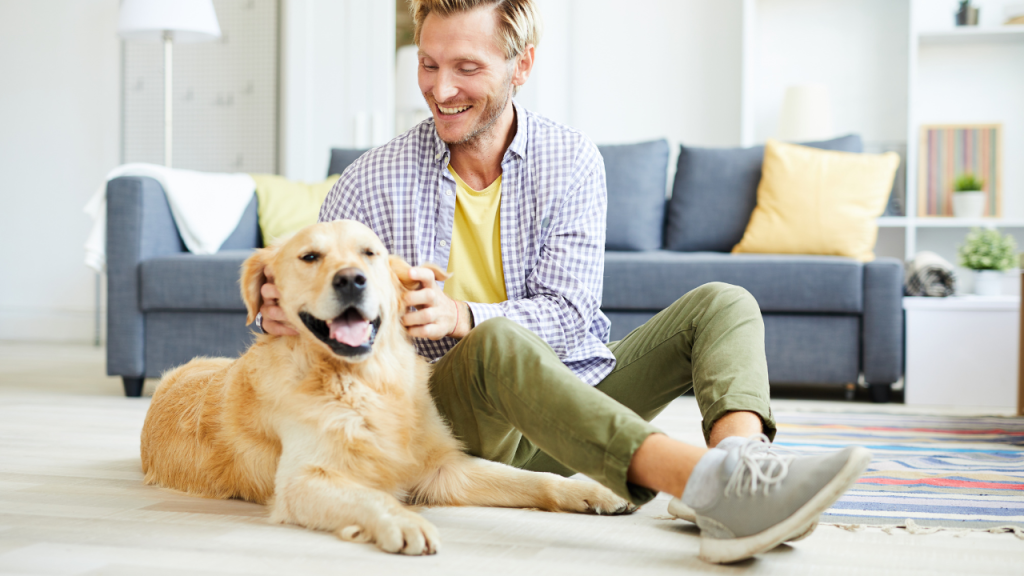
When training your dog, employing positive reinforcement techniques is essential because they focus on rewarding desired behaviors rather than punishing undesired ones.
This approach encourages your dog to associate coming back to you with positive outcomes, making them more likely to respond to your call.
You can implement positive reinforcement techniques in various ways, including:
- Using clicker training to mark the exact moment your dog performs the desired behavior, followed by a reward.
- Offering treat rewards when your dog comes back to you, which can be gradually phased out as they learn the behavior.
- Providing praise and affection when your dog responds to your call, which can be a powerful motivator for them.
Start Training in Short Sessions
Your dog’s attention span is relatively short, so it’s crucial to break your training sessions into brief, manageable chunks that cater to their unique learning style.

Training in short sessions allows your dog to focus and absorb information more effectively. You’ll want to keep each session to around 5-10 minutes, several times a day.
This training frequency helps reinforce new behaviors and keeps your dog engaged.
As you start training in short sessions, prioritize making each session fun and rewarding. Use your dog’s favorite toys or treats to create a positive association with the training process.
Trending in Dogs:
Keep in mind that short sessions don’t mean incomplete sessions. Make sure to end each session on a high note, when your dog is still engaged, and you’ve achieved a clear goal.
This will leave your dog enthusiastic for the next session and willing to learn more.
Gradually Increase Distance and Distractions
Now that you’ve started training in short sessions, it’s time to challenge your dog with new variables.
You’ll begin by increasing the distance between you and your dog during training.
Then gradually add distractions like other people, animals, and noises.
Start With Short Distances
To establish a strong foundation in obedience, it’s important to consider how far you need to be from your dog before distance becomes a significant distraction.
The best starting point for gradually increasing that distance is to begin with short distance techniques, such as initial recall games, to set your dog up for success.
Starting with short distances allows your dog to focus on the recall cue without feeling overwhelmed by the distance.
When beginning with short distances, keep the following tips in mind:
- Start in a quiet area with minimal distractions, such as a room or enclosed space.
- Use positive reinforcement, such as treats and praise, to reward your dog for responding to the recall cue.
- Keep the initial distance between you and your dog short, around 5-10 feet, to guarantee they can easily respond to the cue.
Add Sights and Sounds
Increasing distance and distractions gradually is essential, as introducing too many new stimuli at once can overwhelm the dog and hinder progress.
You’ll want to add sight distractions, such as other people, dogs, or toys, while maintaining a consistent recall response. Start by introducing these distractions at a low level, then gradually increase their proximity and intensity.
As you increase the distance, use sound cues, like a whistle or a loud, clear call, to help your dog focus on you. This will help them learn to filter out background noise and respond to your command.
When adding sight distractions, be sure to reward your dog for remaining focused on you. If they become distracted, calmly say ‘no’ and refocus their attention on you.
Remember to increase the difficulty gradually, so your dog can adjust to the new stimuli. By doing so, you’ll help them develop a strong recall response, even in the presence of distractions.
With patience and consistency, you’ll be well on your way to training your dog to come back to you, no matter the situation.
Use Varied Environments
Train your dog in various environments, such as parks, hiking trails, or friends’ homes, to help them generalize their recall response and learn to focus on you amidst unfamiliar sights, smells, and sounds.
This is essential for reliable recall, as it teaches your dog to tune in to you regardless of the surroundings. As you progress, introduce more challenging environments, including those with playful distractions like other dogs, children, or wildlife.
To make the most of outdoor adventures and varied environments, keep the following tips in mind:
- Mix up the terrain and surfaces your dog trains on, such as grass, pavement, or sand.
- Incorporate different weather conditions, like rain, wind, or sunshine.
- Expose your dog to a variety of noises, including loud sounds like construction or quiet sounds like birds chirping.
Practice Recall in Different Locations
You’ll need to practice recall with your dog in a variety of locations, such as parks, pet stores, and friends’ homes, to help your dog understand that ‘come’ means ‘come’ everywhere, not just in your backyard.
This will prepare your dog for real-life situations and outdoor adventures. Mix up the locations to keep things interesting for your dog.
To make recall practice more engaging, incorporate training games into your sessions. Use verbal cues and hand signals, and reward your dog with treats and praise when they respond promptly.
| Location | Tips and Variations |
|---|---|
| Parks | Practice recall near playgrounds, sports fields, and hiking trails to simulate real-life distractions. |
| Pet stores | Use the aisles and shelves to create a “hide-and-seek” game for your dog. |
| Friends’ homes | Practice recall in different rooms, with various levels of distractions, such as children or other pets. |
| Your neighborhood | Practice recall on walks, using verbal cues and hand signals to bring your dog back to you. |
Remember to stay calm, patient, and consistent, and to reward good behavior. By practicing recall in different locations, you’ll help your dog develop a strong and reliable response to the “come” command.
Reward Consistency and Good Behavior
Consistently rewarding your dog’s good behavior is key to reinforcing the recall skills you’ve been practicing in various locations, as it helps your dog associate the desired actions with positive outcomes.
To achieve this, you need to focus on reward timing and behavior shaping.
Reward your dog the moment they respond to your recall cue, so they can associate the reward with the action.
This consistent reward timing will help shape their behavior, making them more likely to respond promptly to your cue. Read our article on How to Train a Puppy to Come When Called.
Here are some tips to guarantee you’re rewarding good behavior consistently:
- Reward your dog immediately after they respond to your recall cue, even if it’s just with praise or affection.
- Use high-value rewards, such as treats or playtime, to motivate your dog and reinforce good behavior.
- Be consistent in your reward timing, so your dog can learn to associate the reward with the action.
Frequently Questions on Training Your Dog To Come Back
You’ll see consistent results in 1-3 months by practicing recall techniques regularly and maintaining training consistency.
As you reinforce good habits, your dog’s response time will decrease, and their reliability will increase, yielding a dependable return.
Almost 70% of dog owners struggle with recall. Don’t make it worse by punishing your dog – it’s counterproductive.
Instead, focus on positive reinforcement techniques for an effective recall that’s built on trust, not fear.
You can avoid overfeeding your dog during recall training by using low-calorie treat alternatives and precise reward timing, ensuring they associate the reward with the desired behavior, not just the treat itself, to maintain a healthy weight.
You’re not trying to teach an old dog new tricks, but rather, dusting off an old record, revitalizing the grooves of recall training techniques, which can effectively reform even the most ingrained old dog behavior, yielding quick results.
You’re facing a challenge when your dog ignores your call to come back. It’s likely due to lack of focus or environmental distractions. You’ll need to retrain them in a controlled setting to rebuild their recall response.
Concluding Thoughts on Getting Your Dog To Come Back

You’ve laid the groundwork, now the real test begins.
As you take your recall training to new environments and increase distractions, you’ll discover if your dog has truly mastered the command.
Will they come bounding back in a crowded park or remain by your side when faced with squirrels and strangers?
The answer lies in your consistent training and reinforcement.
Stay vigilant, stay patient, and your dog will reward you with a flawless recall – every time.


